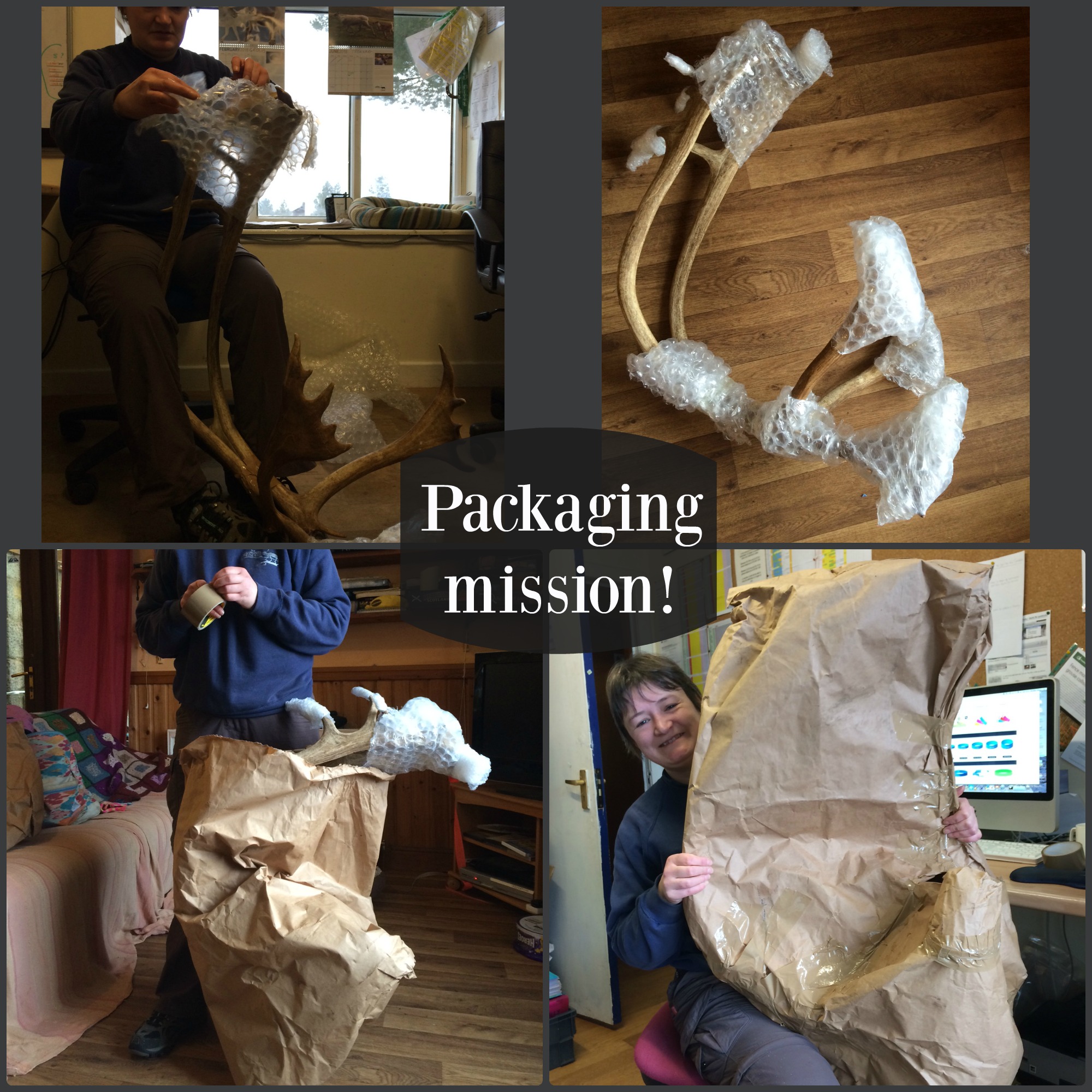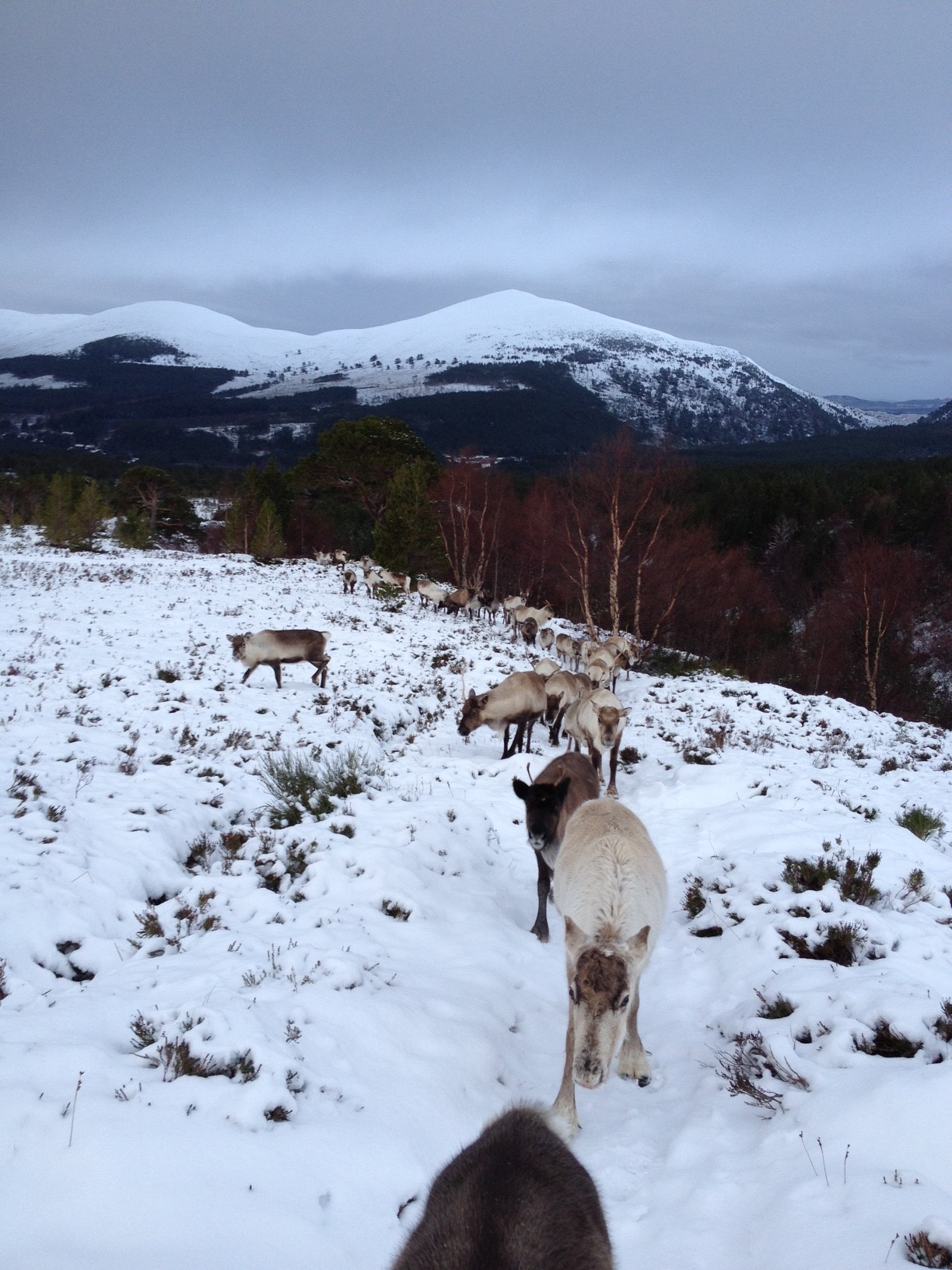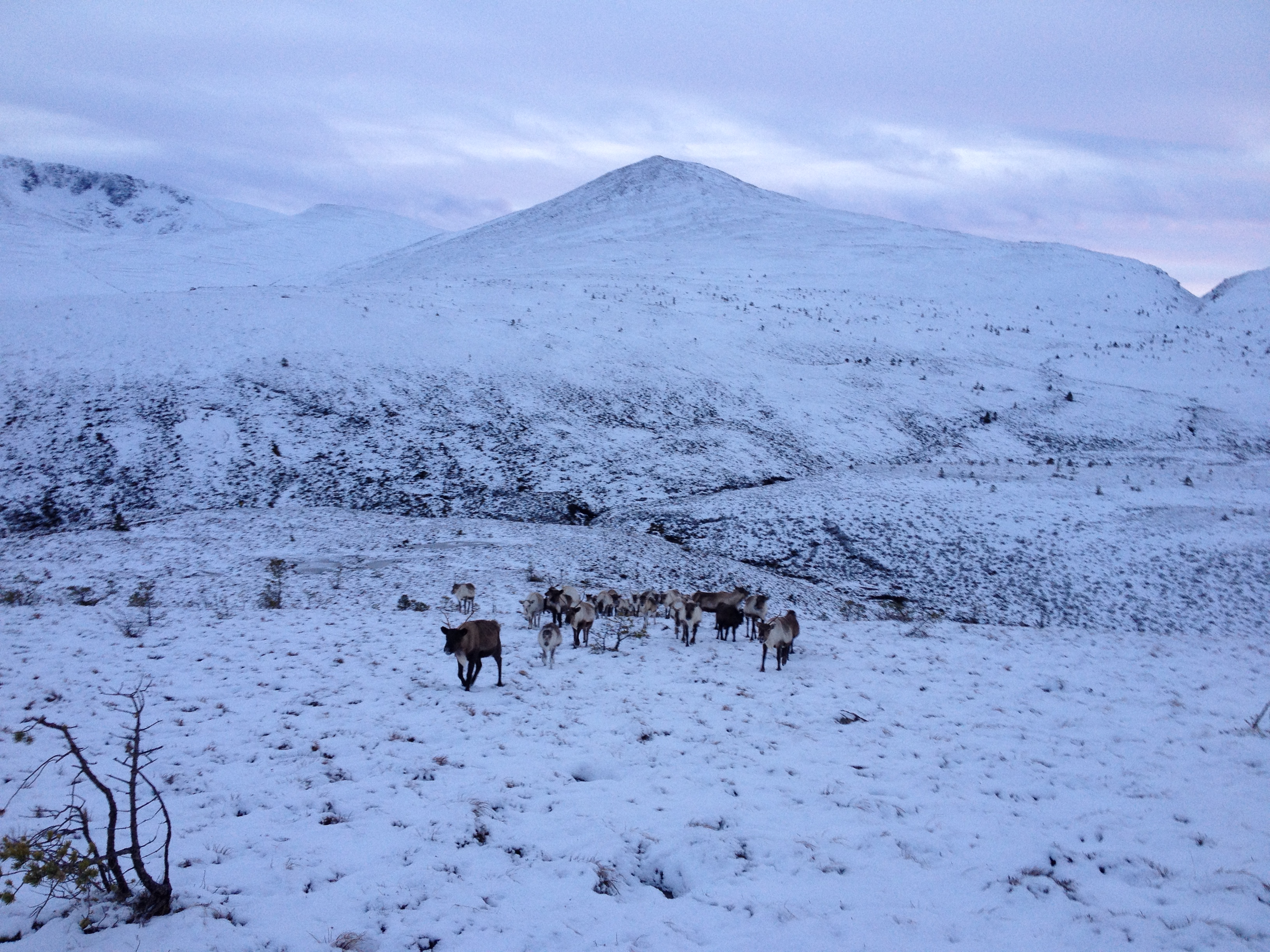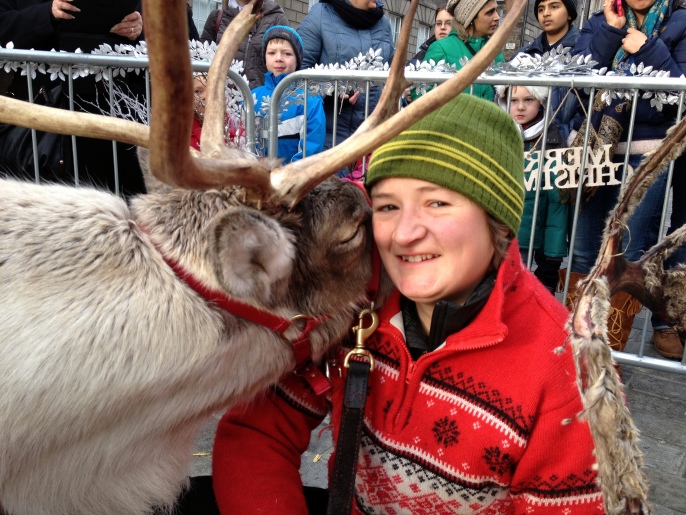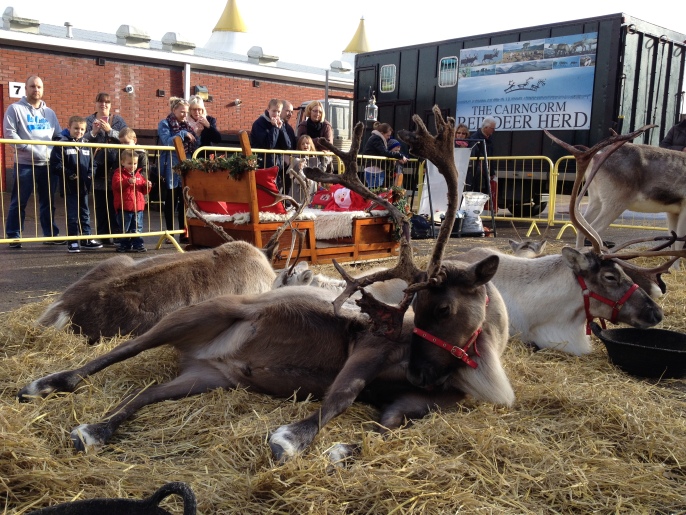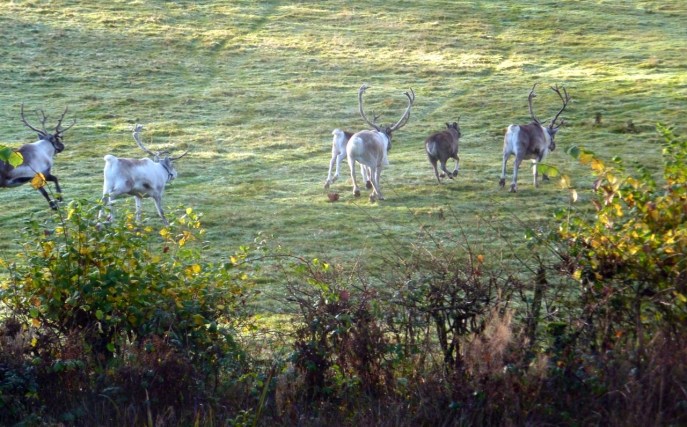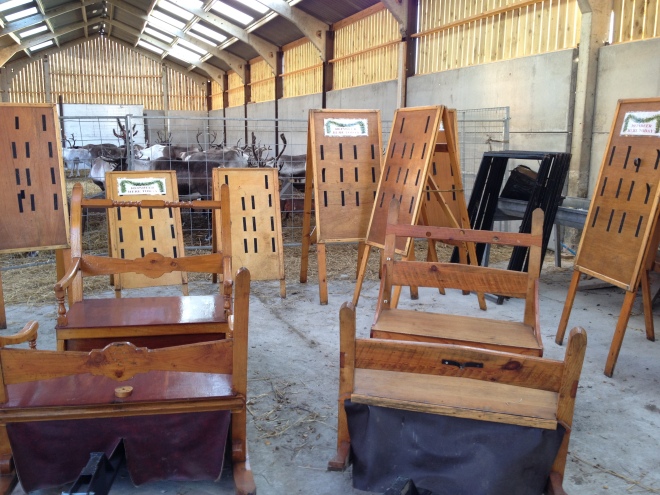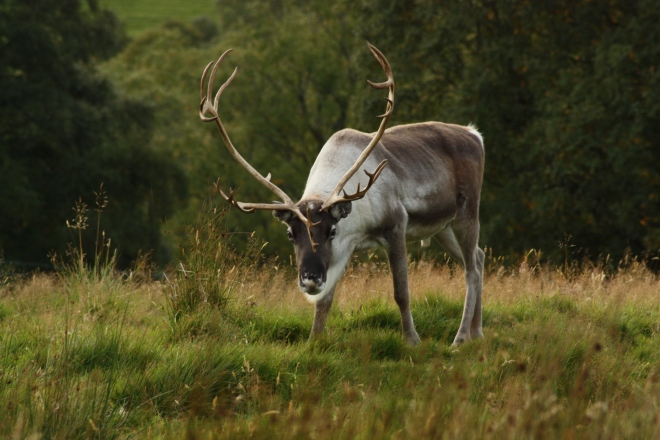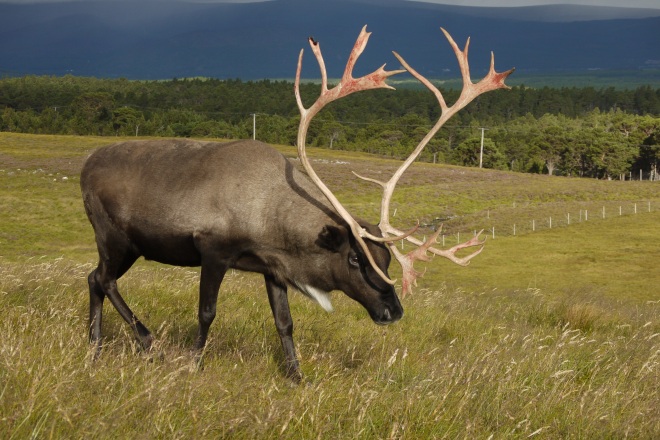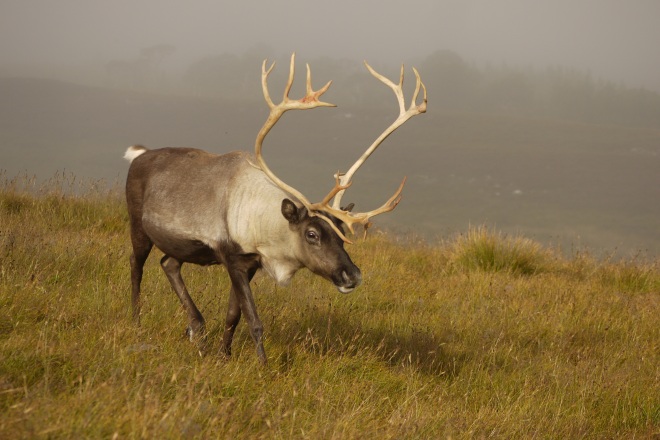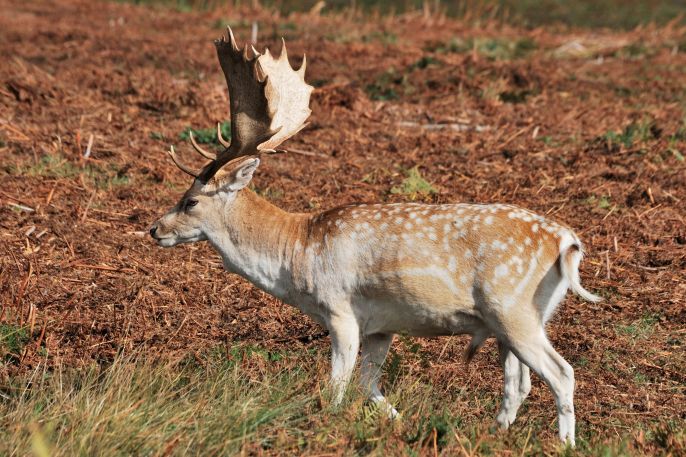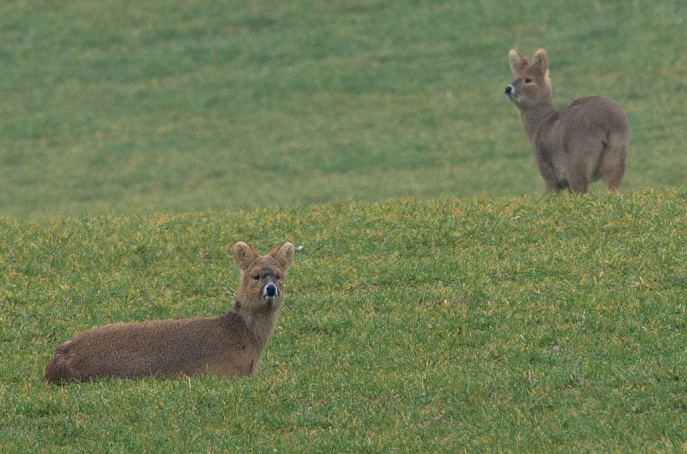
As you may know reindeer herding isn’t quite as simple as it may first appear, one very common question we are faced with is, is reindeer herding all you do? We’re a wee team here with five core staff and we literally do everything between us which can be quite entertaining when we’re performing office duties. I (Abby) vaguely attempt to keep advertising under control and routinely receive calls for the advertising department (i.e me) who, when they’re told I’m ‘up on the hill’, are often quite bemused.

When a visitor tells us “You have the best job in the world!” our minds fleetingly head in the direction of the not-so-nice mountain weather as unfortunately it isn’t always sunny here (shocking right?). We have some quite epic storms in the Cairngorms and there’s been many a day where it’s icy, sleeting and gusting upwards of 80mph up where the reindeer are. These are some of those days you question reindeer herding and your dedication to having wet socks but it can be epically cool to be out and see the reindeer in these conditions. However, I do have to say I enjoy pretty much enjoy all of it (maybe not all the office work but it must be done!) and it’s super rewarding seeing people absolutely loving life with the reindeer!

Another reindeer herding problem specifically at this time of year is bringing the reindeer in for the visit. If you’ve visited us in spring you’ll know all the reindeer are entirely free-range on the Cairngorms and we have to tempt them in from ridges and corries every morning. In early spring the reindeer metabolism is still in ‘winter mode’ and the girls are beginning to feel and look increasingly pregnant too so they can be more than reluctant to come in in the mornings. Our method of extraction is walking part way out to the darlings if they’re in sight and then calling them in – if they stick a hoof up at us we walk out, catch a dominant female and lead her in on a head collar and the rest of the herd often oblige. To avoid suspicion it’s key to always have food to give them as the calls we use are always reinforced by food and these girls are wily – if you call them over without food one day they’re likely to disappear on you the next!
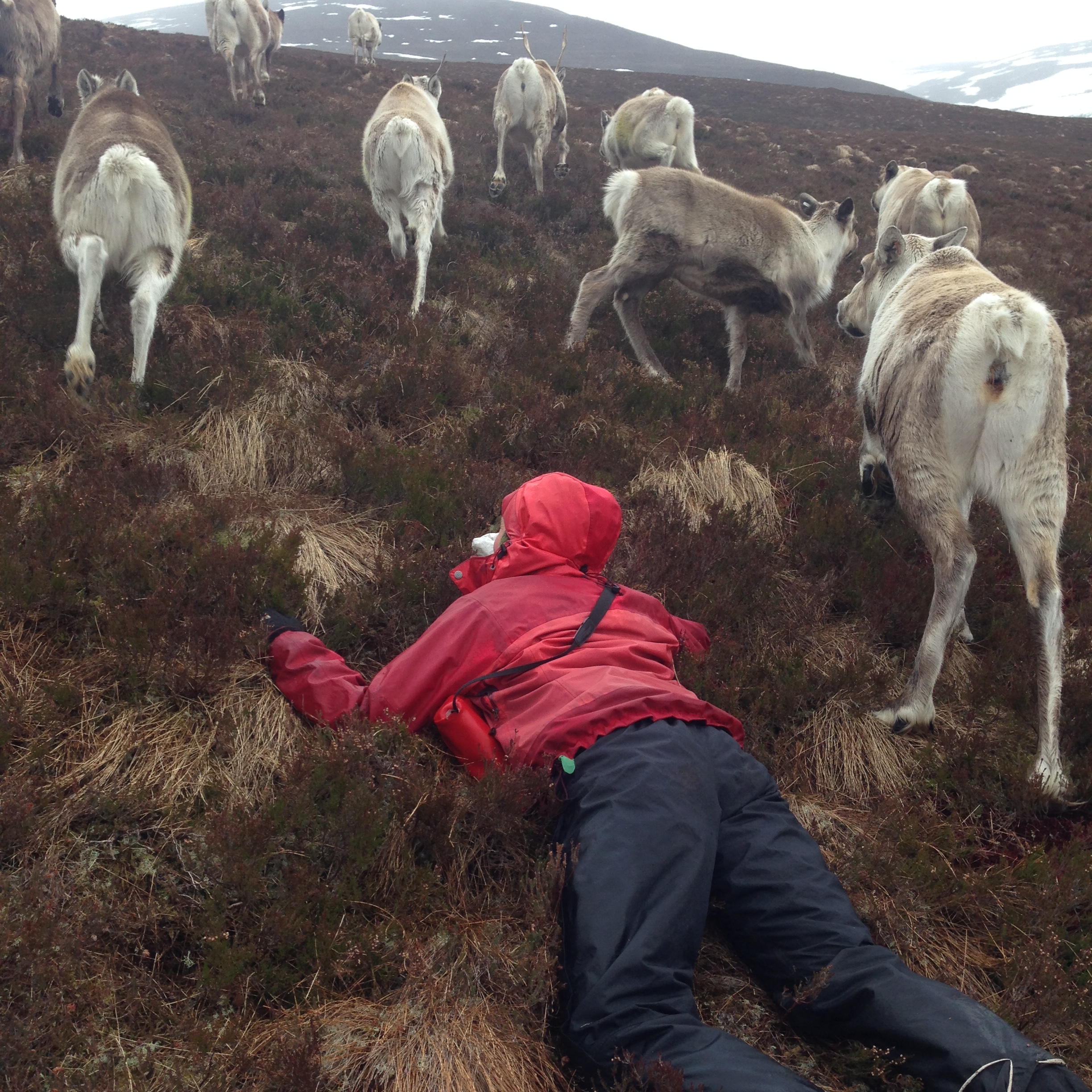
Obviously all these trips up and down mountainsides to fetch and move reindeer means we cover a lot of ground which is ace! We get some great views, see awesome wildlife, get quite soggy a lot of the time but on the whole it’s pretty fun getting to romp around in the hills for work. However there’s one big downer for us herders and that’s the sheer amount of rubbish we pick up/find plastered over the national park. Seriously, take your wrappers home folk! As we tell all of our visitors we live in the only area of the UK with a sub-arctic habitat – it’s special – finding litter definitely makes it less so, as well as meaning we find odd things in our work jacket pockets when we’ve been good citizens and picked up other people’s rubbish!

This brings me onto my final trial of reindeer herding… doing your office work on a sunny day. I know many people are cooped up daily at a desk but us reindeer herders get a bit antsy if we don’t have at least an hour of outside time and on a sunny day it can literally be a fight to the death to go and paint as many things as we can find here at the Centre! This does however mean at some point we have to be tied to an office chair and get on with it!

Our last and certainly most crushing issue is our unending addiction to tea and cake… it’s a sure fire way to make each and every day epic! Us herders never turn a healthy cake down!

Abby





